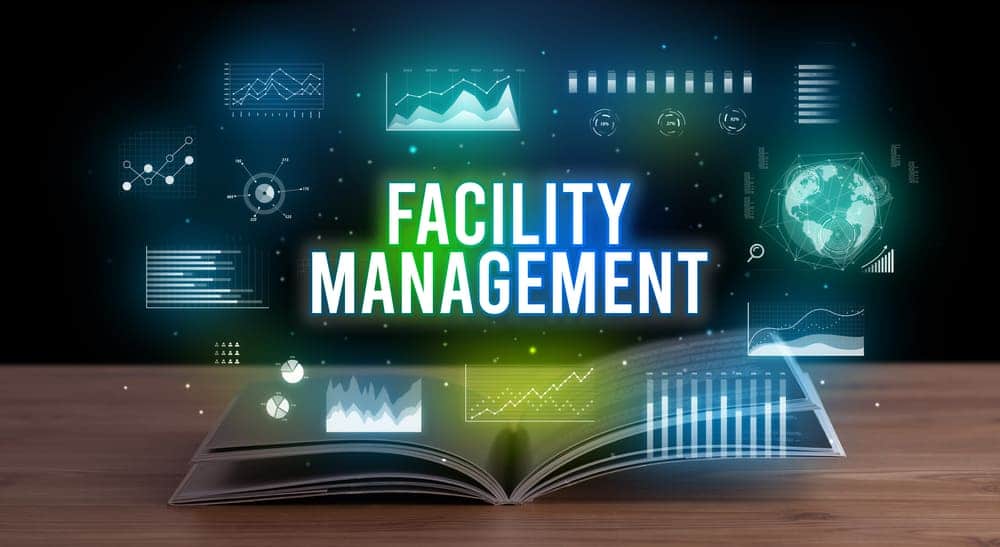The Ultimate Guide to Facility Management Systems and Software
Introduction to Facility Management
facility management software plays a vital role in ensuring the efficient operation of an organization’s infrastructure and services. From maintaining buildings and managing utilities to overseeing security and compliance, facility management encompasses a wide array of responsibilities essential for smooth business operations.
In today’s fast-paced world, facility management systems and software have become indispensable tools. They help organizations streamline their operations, improve resource utilization, and enhance the overall experience for occupants and employees.
What Is a Facility Management System?
A facility management system (FMS) is a centralized platform designed to manage and oversee the daily operations of an organization’s physical assets, spaces, and related services. These systems offer comprehensive tools to monitor maintenance tasks, allocate resources, and optimize workflows.
Key Features of a Facility Management System:
- Asset Management: Tracking and managing physical assets such as equipment, machinery, and furniture.
- Space Management: Planning and optimizing the use of office space and facilities.
- Maintenance Scheduling: Ensuring timely preventive and corrective maintenance of assets.
- Energy Management: Monitoring and reducing energy consumption to improve sustainability.
- Compliance Management: Ensuring adherence to safety, health, and environmental regulations.
Benefits of Using Facility Management Software
Facility management software takes the capabilities of an FMS to the next level by automating and digitizing complex tasks. Here are the major benefits:
1. Enhanced Operational Efficiency
Automated workflows reduce manual errors and save time. Tasks like scheduling maintenance or managing service requests can be handled seamlessly.
2. Cost Savings
By optimizing resource usage and preventing equipment downtime, organizations can significantly cut costs.
3. Improved Asset Lifecycle Management
Facility management software provides detailed insights into asset performance, ensuring better maintenance and longer asset lifespans.
4. Data-Driven Decision-Making
With real-time data analytics, facility managers can make informed decisions to improve operations.
5. Enhanced User Experience
Occupants and employees enjoy smoother services, creating a more comfortable working environment.
Popular Facility Management Software Options
Numerous facility management software options are available in the market,Facility Maintenance Management System each tailored to different needs. Here are a few popular ones:
- IBM Maximo: Known for its advanced asset management capabilities.
- FMX: A user-friendly solution for schools, property management, and healthcare facilities.
- Planon: Offers comprehensive space and workplace management tools.
- Hippo CMMS: Ideal for small to mid-sized businesses seeking affordable maintenance solutions.
- Archibus: Known for its robust integration and enterprise-level functionalities.
How to Choose the Right Facility Management Software
Selecting the right facility management software depends on your organization’s specific needs. Consider the following factors:
- Scalability: Ensure the software can grow with your organization.
- Ease of Use: User-friendly interfaces save time and reduce training costs.
- Customization: Look for software that can be tailored to your workflows.
- Integration: Ensure compatibility with existing systems and tools.
- Cost: Evaluate the total cost of ownership, including setup and maintenance.
Trends in Facility Management Systems
The facility management industry is rapidly evolving, driven by technological advancements. Key trends include:
- AI and Machine Learning: Predictive maintenance and smarter decision-making.
- IoT Integration: Real-time monitoring of assets and energy usage.
- Cloud-Based Solutions: Greater accessibility and scalability.
- Sustainability: Tools to track and reduce carbon footprints.
Conclusion
facility management system and software are essential for modern organizations aiming to streamline operations, improve efficiency, and create better environments for employees and occupants. By understanding your needs and staying updated with industry trends, you can choose the right tools to achieve operational excellence.

